Architect Jennifer Pirie explores how being pregnant and on site revealed opportunities for a more inclusive architectural culture

Project programmes shift, issue dates move and timelines extend, yet construction continues to rely on sustained, long-term engagement from architects. For those who experience pregnancy while leading projects, this dynamic reveals much about how the profession supports – or fails to support – expectant mothers on site.
Expectant architects bring an additional layer of awareness to construction. The physical transformation that comes with pregnancy alters perception of space, time and energy and, in doing so, deepens understanding of the built environment.
Experiencing fatigue, balance changes and restricted movement highlights the importance of accessibility, rest points and spatial generosity. What might be an abstract design consideration becomes immediate and tangible.
Construction sites are still overwhelmingly male environments, even when the architectural project teams are gender-balanced. The presence of an expectant mother on site can therefore challenge long-standing assumptions about authority, capability and belonging. Yet evidence suggests that pregnancy often heightens focus, strengthens communication and fosters collaboration – qualities vital to the successful delivery of a building.
I was expecting my firstborn as work on my “other baby”, a five-storey office building for Global Holdings in Southwark called Barge Crescent, was nearing completion. From the early design stages to the day we craned in the curved staircase, I had been deeply invested.
There were countless milestones I didn’t want to miss, such as the development and placement of the precast colonnettes and the evolution of design details on site. I was determined to see my Barge Crescent baby through and worried that I would not be able to continue this if I was pregnant.
While our project team in the office was majority female, the construction site remained entirely male
When I found out I was expecting, the project was at a critical crossroads. Our main contractor had gone into administration, and I had stepped into an expanded role as the design manager whilst continuing the responsibilities of project architect. I was no stranger to seeing colleagues navigate projects while pregnant, but I hadn’t seen many who spent so much time on site during pregnancy.
While our project team in the office was majority female, the construction site remained entirely male, and I was curious to see if the change in circumstances would change the perception of me on site. Pregnancy definitely sharpened my focus and deepened my commitment to delivering a thoughtful, successful project with a fixed timeframe.
This mindset was received on site and, although I worried some might see my pregnancy as a limitation, the site attitude was positive, expectations remained the same and I continued to be actively involved on site and in decision-making.
Of course, there were limits to what I could do. I needed more breaks, I couldn’t stand on my feet for as long. This meant site walks were focused and efficient, with breaks we all appreciated. There was a shared understanding that we were all still working toward the same goal.
In many ways, my pregnancy fostered stronger relationships and a deeper sense of collaboration. Conversations often extended beyond the job, touching on family life, and this human connection ultimately benefited the project. It created a more empathetic and supportive atmosphere, an attitude I would encourage on any construction site.
Empowering expectant mothers to remain engaged in the physical act of building strengthens both architecture and the culture that produces it
On reflection, it is now clear to me that when site teams respond positively and expectations remain consistent, a culture of mutual respect and empathy emerges. Small practical adjustments and open conversations about wellbeing benefit the whole team. Such practices encourage a more considerate approach to construction management, one that acknowledges different physical realities without diminishing professionalism.
Pregnancy on site also exposes gaps in design and industry infrastructure. Personal protective equipment rarely accommodates changing bodies. Welfare facilities are often inadequate. There is little formal guidance on risk assessment, time management or physical adaptation for architects who wish to remain active on site during pregnancy. Addressing these shortcomings would not only improve equity but enhance overall site safety and inclusivity.
The insights gained through this lived experience have design implications too. Staircases that invite slower movement, accessible WCs on every level, terraces for rest and wellbeing – these features, when considered through a holistic lens, benefit everyone who uses a building. This became very apparent to me as I was finishing our Barge Crescent project.
For example, the building’s generous central staircase, which creates a public space, became a welcome relief during my own slow climbs between floors. In this way, pregnancy underscores the essential truth of inclusive design: spaces shaped by diverse perspectives perform better for all.
Empowering expectant mothers to remain engaged in the physical act of building strengthens both architecture and the culture that produces it. The lessons learned from those who have worked on site while pregnant remind us that care, adaptability and resilience are not obstacles to construction – they are the foundations of good design.
Postscript
Jennifer Pirie is an Associate at Henley Halebrown, where she focuses on commercial projects including One Hundred Shoreditch and Barge Crescent. She also leads the practice’s outreach programme.


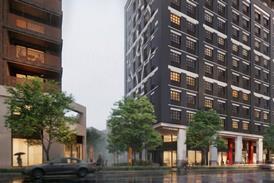
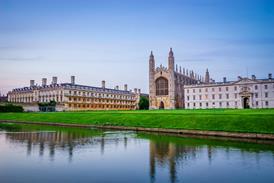


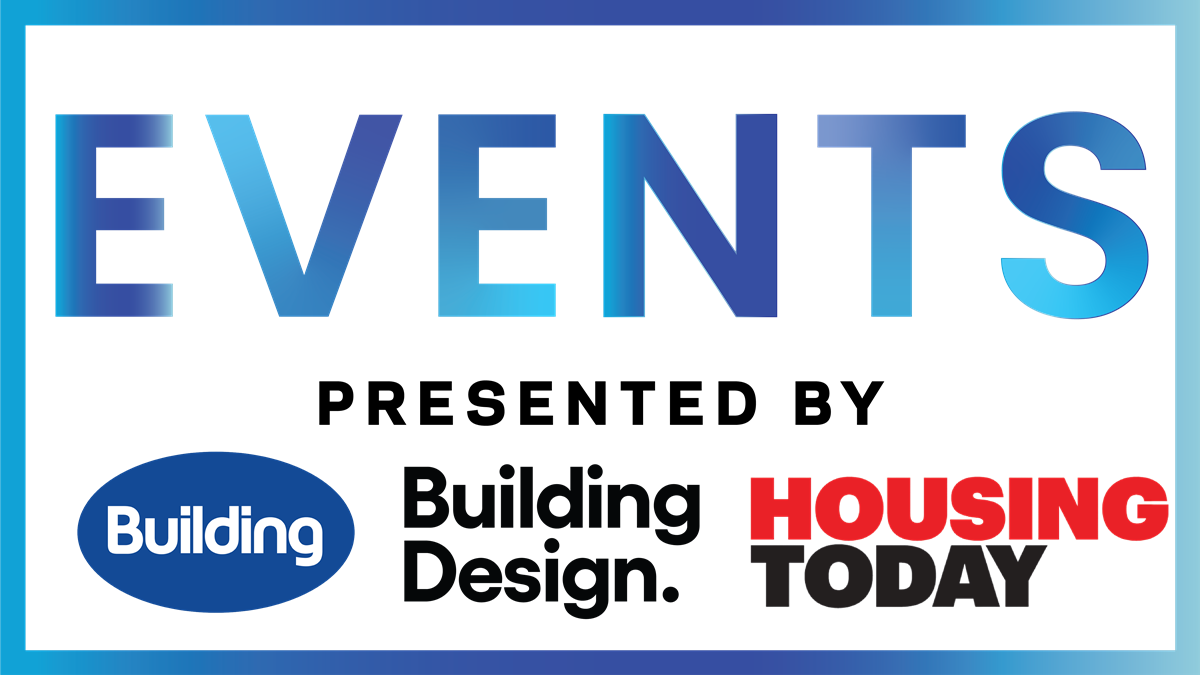
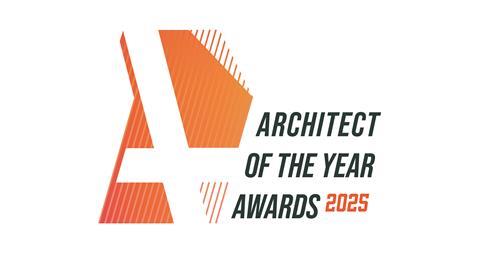
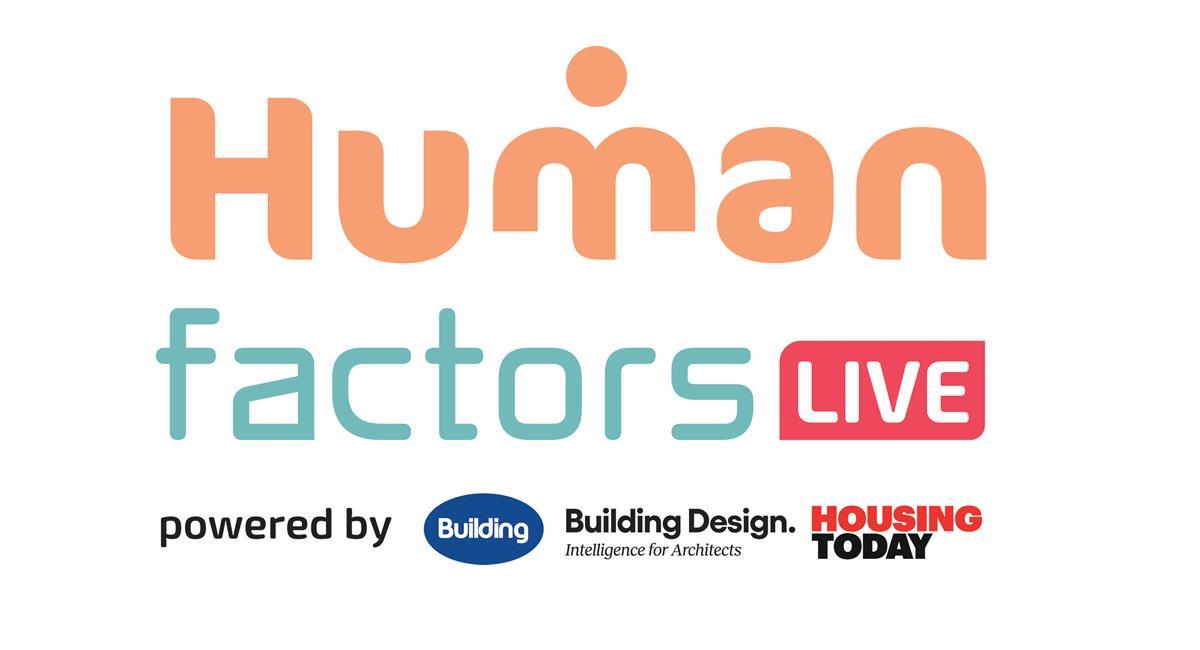







1 Readers' comment